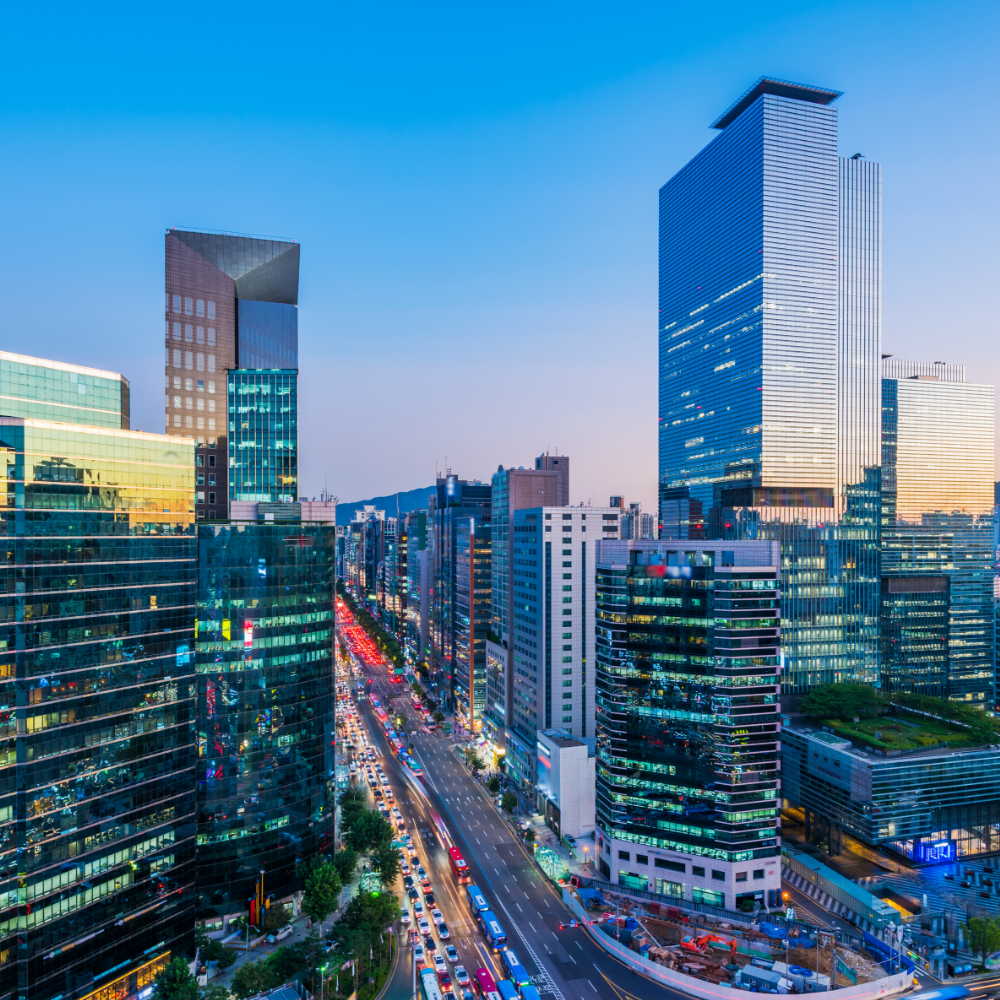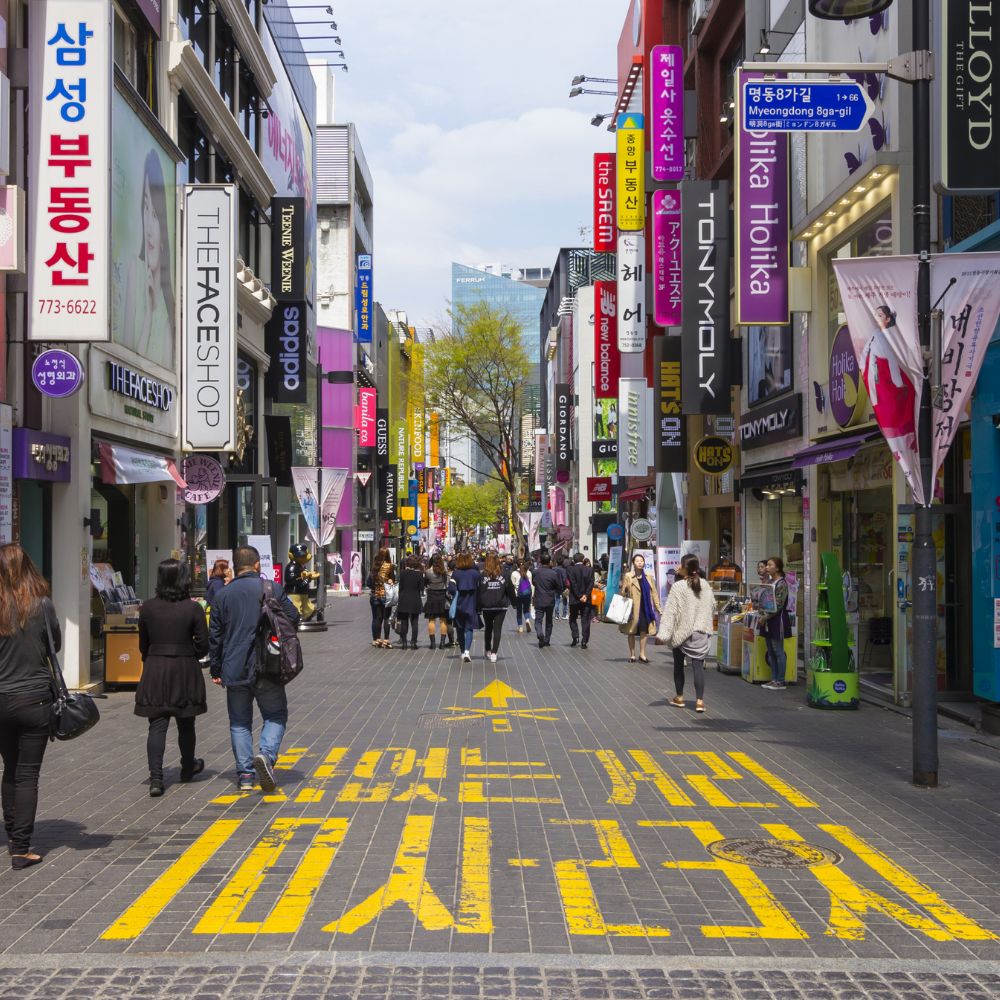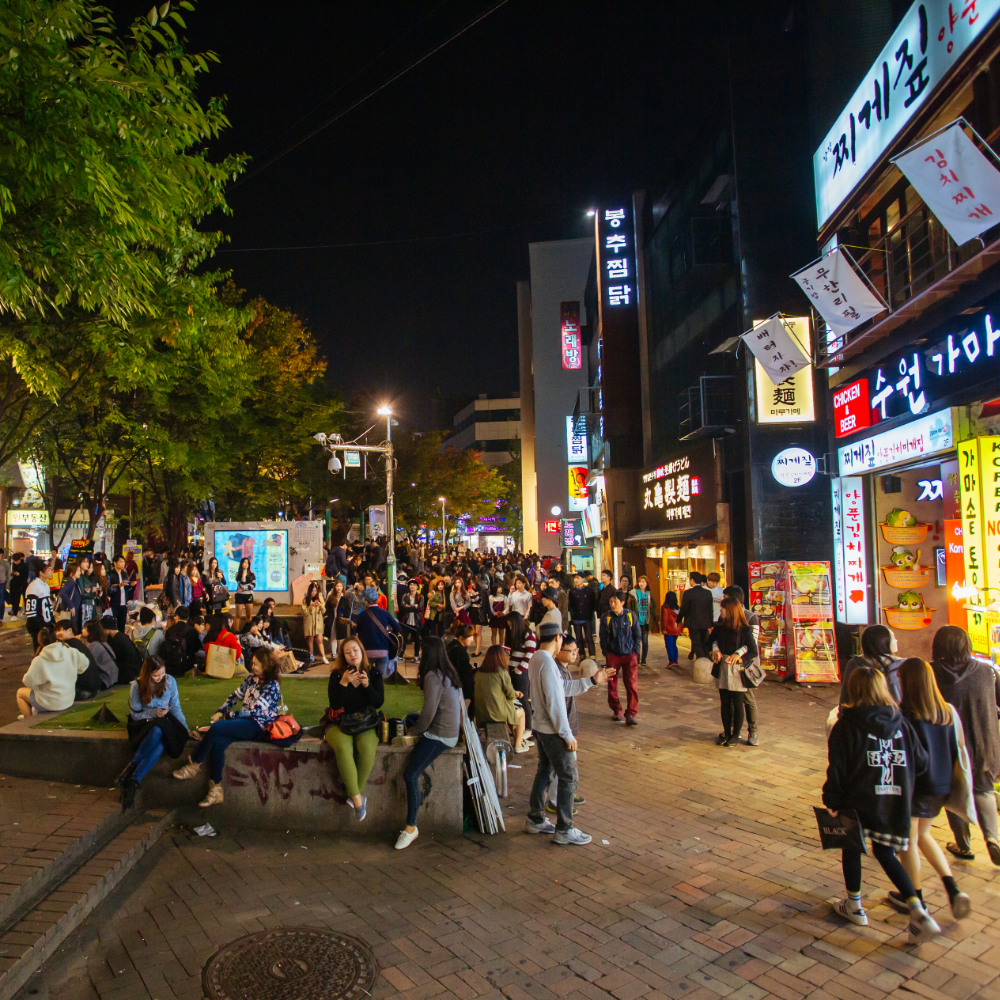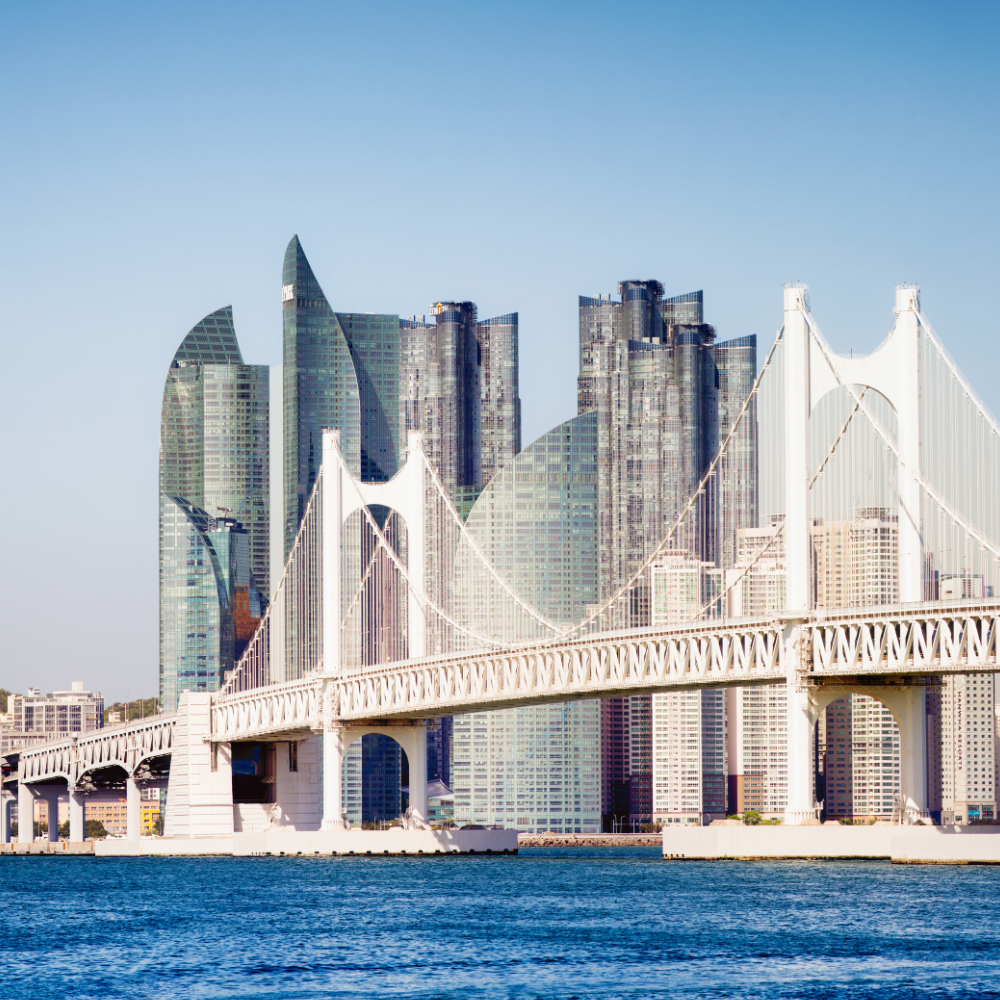Exploring Korean Traditional Markets: A Local Feast for All Senses
From sizzling street food to handmade goods, Korea’s traditional markets offer a vibrant, authentic taste of everyday life. Here's where to go and what to try.

Why Traditional Markets Are Worth Visiting
Unlike polished shopping malls, traditional markets in Korea offer a raw, energetic glimpse into the country’s daily rhythm. They’re where locals buy produce, bargain for clothes, and grab a quick bite of their favorite comfort food. It’s where history meets modern hustle — and every corner smells like something delicious.

Must-Visit Markets in Korea
- Gwangjang Market (Seoul): Famous for its bindaetteok and mayak gimbap - Jagalchi Market (Busan): Korea’s largest seafood market — ultra-fresh and dynamic - Tongin Market (Seoul): Known for its “lunchbox cafe” where you build your meal with coins - Ssangmun Market (Seoul): Smaller, local-focused but incredibly atmospheric - Seomun Market (Daegu): A go-to for traditional fabrics and snacks

What to Eat: Top Street Food Picks
If there’s one reason to visit a market — it’s the food. Try these must-eats:
- Bindaetteok: Crispy mung bean pancakes, especially popular at Gwangjang - Tteokbokki: Spicy rice cakes with fish cakes and sweet-savory sauce - Hotteok: Pan-fried stuffed pancakes — cinnamon sugar or savory versions - Sannakji: Freshly cut live octopus at seafood markets - Sundae: Korean-style blood sausage often served with salt and chili

Tips for Exploring Like a Local
- Carry cash — most stalls don’t take cards - Go early in the day for the freshest picks - Be respectful when taking photos of vendors - Use basic Korean like “gamsahamnida” (thank you) — it goes a long way - Bring a tote bag for snacks and souvenirs

Dr. Beau's Note
Visiting a Korean traditional market is like walking through a living time capsule — full of flavors, sights, and human connection. It’s where culture is served hot and loud. Whether you're a foodie or a curious traveler, these markets are where you’ll find the soul of Korea.











